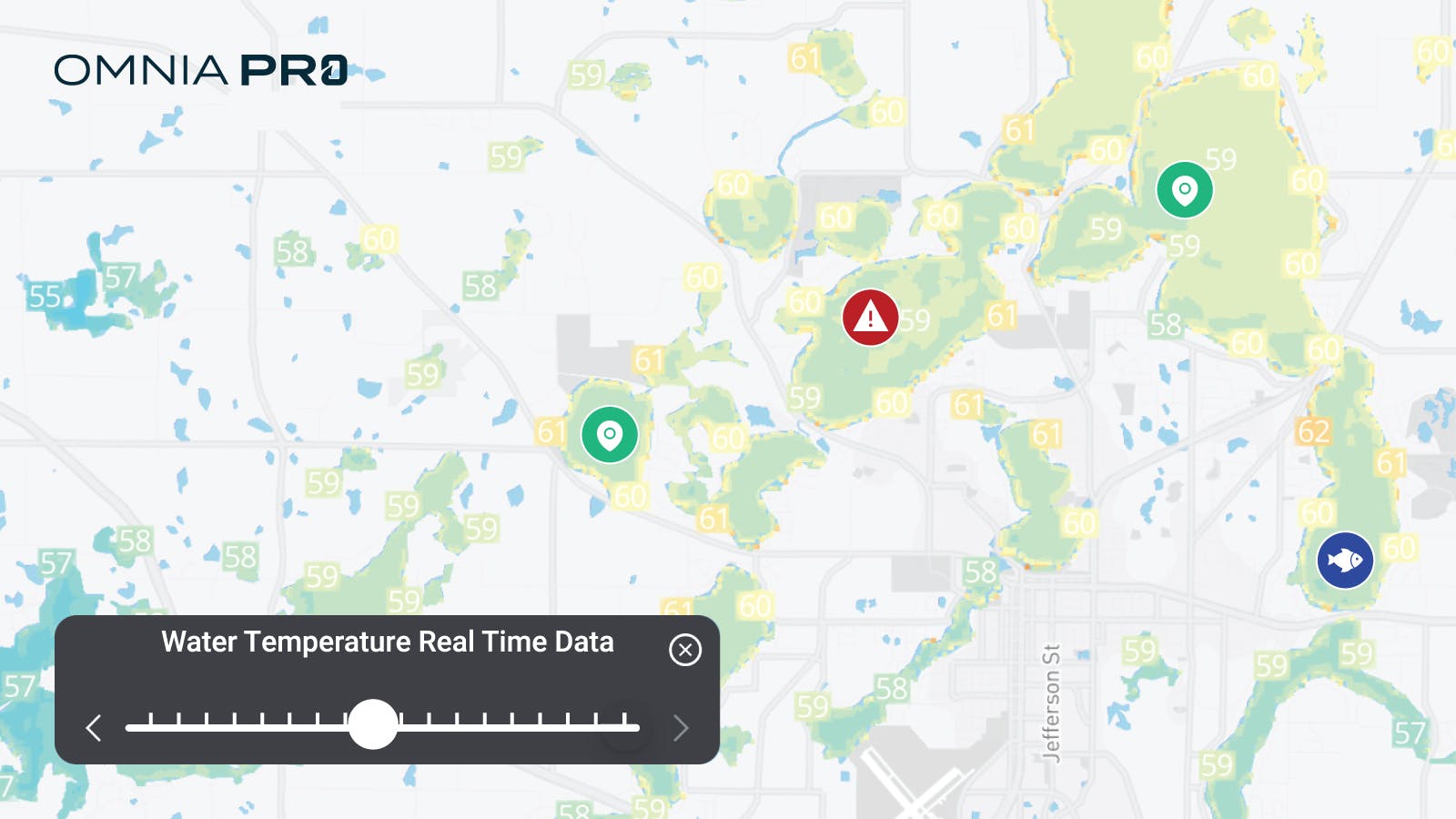
Transition Fishing: How Water Temperature Changes Affect Your Fall Catch
As summer winds down, anglers face one of the most exciting times of the year: the transition from summer to fall fishing. Water temperature changes during this period have a huge impact on fish behavior, feeding patterns, and where to find your next catch. Understanding these shifts can dramatically improve your success on the water.
Understanding Water Temperature and Fish Behavior
Fish are cold-blooded, which means their metabolism is directly influenced by water temperature. During late summer, lakes are often stratified, with warm surface water and cooler bottom layers. As fall approaches:
- • Surface temperatures begin to drop
- • Thermoclines start to break down
- • Fish become more active in shallower water
These temperature shifts trigger fish to move from deeper summer hideouts toward areas where food is concentrated in shallower waters. This makes transition fishing both challenging and rewarding.
Key Species and How They Respond
Bass:
Largemouth and smallmouth bass start moving toward shallower points, rocky structures, and areas with baitfish. Anglers often notice:
- • Increased feeding near drop-offs and weed edges
- • Finesse techniques like jigs, soft plastics, and shallow crankbaits becoming more effective
🎣 Fall is the Time for Big Baits
As water temperatures drop, bass enter a more aggressive feeding mode, making it the perfect time to throw big baits, such as glidebaits, large swimbaits, and topwater frogs.
- • Glidebaits are especially effective along points, rocky shorelines, and open-water flats where bass are staging.
- • Large profiles mimic baitfish and can trigger explosive strikes.
- • Use slower retrieves in cooler water to entice lethargic bass.
Tip: Focus on mid-depth and shallow areas during low-light periods in the morning and evening for maximum effectiveness.
Northern Pike:
Northern pike become more aggressive as water cools, often hunting near weed lines or shallow bays. Spinnerbaits, spoons, and large swimbaits work well during this period.
Panfish & Crappie:
Bluegill and crappie shift from deep summer holes to shallower brush piles and drop-offs. Use small jigs, live bait, or finesse plastics to take advantage of their fall feeding frenzy.
Transition Fishing Tips
- Watch the Temperature – Fish react quickly to changing water temperatures. Surface thermometers can help locate active areas.
- Target Food Sources – Schools of minnows, insects, or other forage often move shallower as the season changes.
- Adjust Your Tackle – Switch to slower-moving lures in cooler water, and try smaller presentations to entice finicky fish.
- Focus on Structure – Fish often hold near rocky points, submerged timber, docks, or weed edges during this transition.
🔍 Targeting Areas with Rapid Temperature Change
During the summer-to-fall transition, not all parts of a lake cool at the same rate. Some areas drop in temperature faster, and these spots often become hot zones for active fish. Look for:
- • Shallow Bays and Inlets: Heat up and cool down faster than deeper sections, attracting baitfish and predators.
- • Wind-Exposed Points: Surface water mixing creates pockets of cooler water that draw fish.
- • Transition Zones: Edges of thermoclines or where warm and cool water meet concentrate prey species, ideal ambush points for bass, pike, and panfish.
- • Vegetation Changes: Areas where aquatic plants die back can funnel fish toward remaining cover.
Tip: Use a portable thermometer or fish finder with temperature sensors to pinpoint these cooler microzones for the most active fish.
❄️ Fish Are Feeding Up for Winter
In northern states, fall is a critical time for fish to bulk up in preparation for the winter months. Cooler water slows their metabolism, so fish focus on high-energy prey to store fat. This makes them more predictable in their feeding patterns and often more aggressive, especially for bass, pike, and panfish. Targeting these pre-winter feeding zones and food-rich areas can lead to some of the most productive fishing of the year and possibly your personal best fish.
By understanding water temperature changes and how they affect fish behavior, you can make the most of every outing.
Frequently Asked Questions (FAQ) – Fall Transition Fishing
1. How do bass respond to falling water temperatures in the fall?
As water cools, largemouth and smallmouth bass move from deep summer areas to shallower structures and actively feed on baitfish and insects.
2. How do northern pike behave during the summer-to-fall transition?
Northern pike become more aggressive, often hunting in shallow bays, weed lines, and transition zones where baitfish congregate.
3. What about panfish like crappie and bluegill?
Bluegill and crappie shift from deep summer holes to shallower brush piles and drop-offs. Use small jigs, live bait, or finesse plastics for best results.
4. Where can I find water temperature maps for my lake?
The Omnia Fishing app provides real-time water temperature maps for lakes, along with fishing reports, structure maps, and community insights.
5. How do I locate transition zones where fish are most active?
Look for areas where warm and cool water meet, such as shallow bays, wind-exposed points, and edges of thermoclines. Using a fish finder or portable thermometer can help pinpoint these microzones.
Stay Ahead with Omnia Fishing
Want real-time insights for lakes near you? The Omnia Fishing app provides:
- • Water temperature readings
- • Species-specific seasonal behavior
- • Community-updated fishing reports
- • Maps showing structure, ramps, and shallow feeding areas
Download the Omnia Fishing app today and dominate fall transition fishing with confidence.